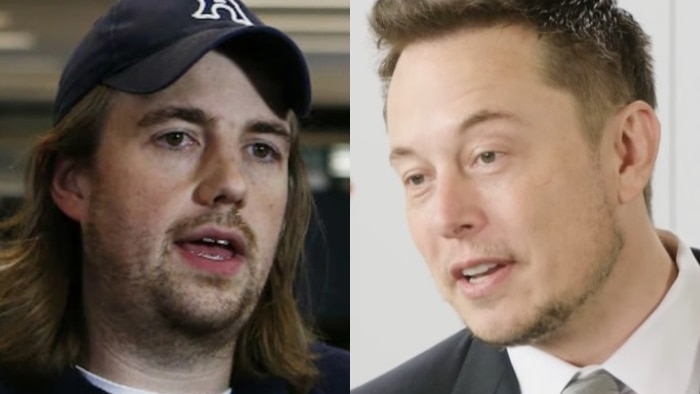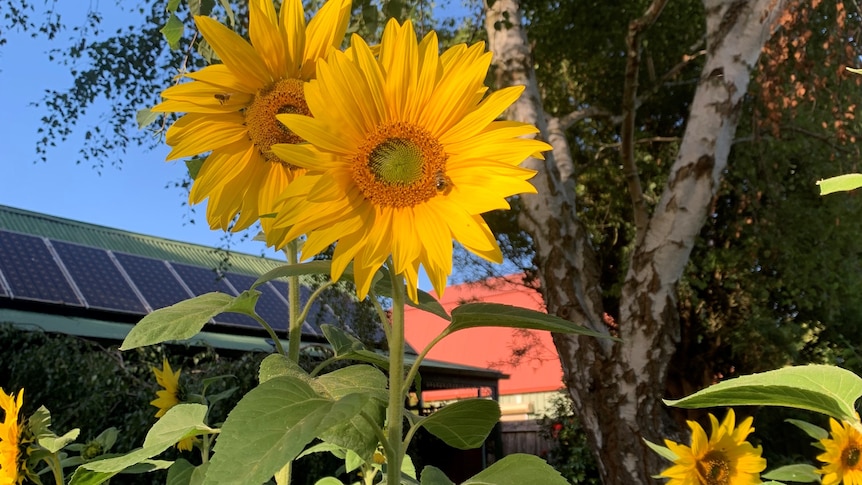It began with a bet between billionaires.
In March 2017, Atlassian chief Mike Cannon-Brookes challenged Tesla boss Elon Musk to make good on a thought bubble about using batteries to solve South Australia’s energy problems.
“Tesla will get the system installed and working 100 days from contract signature or it is free,” Mr Musk replied.
loading
Not to be outdone, Mr Cannon-Brookes upped the ante.
“Legend! You’re on mate,” he responded, before promising to pull strings to secure “mates rates.”
The Twitter exchange has been much mythologised — in the eyes of some, it is an almost Damascene moment in which Australia relinquished its fear of renewables and embraced battery storage.
It is certainly true that it catalyzed the creation of Neoen’s 150-megawatt Hornsdale Power Reserve (aka the big battery), which was first switched on almost five years ago.
But then-SA premier Jay Weatherill recalls the billionaires’ Twitter banter as a double-edged sword.
“It was certainly not choreographed — it was a shock to see this,” he said.
“We were about to launch our [energy] plan … and it included a renewable technology fund of about $150 million, and one of the first cabs off the rank was likely to be a grid-level battery.
“thisexchange [then] occurred which created a massive problem for me, because everyone was telling me to accept what appeared to be the offer of the century.”
Context is important here — three major blackouts in SA in less than six months, including the statewide outage of September 2016, had poured petrol on an already heated energy debate.
The Twitter exchange occurred a week before the equally notorious, but much more acrimonious, confrontation involving Mr Weatherill and then-federal energy minister Josh Frydenberg over renewables.
loading
While Mr Musk later joked that all he’d been doing was “talking smack”, Mr Cannon-Brookes has said his own initial tweet had equally humble origins.
It was late at night and Mr Cannon-Brookes was looking after his young child when he spontaneously responded to an Australian Financial Review article about Tesla’s battery plans.
“I just tweeted to Elon, was he serious?” I have told the 100 Climate Conversations podcast.
“I went to bed and then he came back and… we went back and forth negotiating and then sort of all hell broke loose.
“Suddenly [then prime minister] Malcolm Turnbull was on the phone and it went a bit nuts for a couple of weeks.”
‘It was a turning point’
During 2017, when Mr Musk enjoyed near-rockstar status among renewables supporters, there were obvious political upsides to Tesla’s proposal.
But Tesla wasn’t the only interested party — indeed, it was a Zen Energy push that had put batteries on SA’s agenda.
Despite the momentum behind the Tesla pitch, the SA government had committed to a procurement process to assess individual submissions on their merits.
“The way I chose to do it was to ring Elon Musk directly and say, ‘Great idea, we’re about to open up a tender process, we’d love you to bid’,” Mr Weatherill recalled.
“He then helpfully tweeted out, ‘Had a great conversation with the premier of South Australia’. That took the immediate pressure off me.
“Fortunately they won the tend on a proper basis, but obviously I was hoping they would win because the reputational benefit and the pulling power and the publicity that Elon Musk was able to generate were obviously powerful.”
On the other hand, “it would have been embarrassing for me — or not so much embarrassing but a lost opportunity — if he didn’t win”, Mr Weatherill said.
loading
For energy expert Marija Petkovic, part of the battery’s power was the way it provided proof of concept.
“Those of us in the energy industry have known for a very long time that battery storage would be one of the key pieces of technology that’s going to take us to a highly renewable grid,” she said.
“But it’s always hard to be the first off the mark.
“Having that first project be built and operational was a huge deal — it really allowed all the others to follow suit afterwards.”
The battery itself hasn’t been entirely free of controversy. In June, the Hornsdale Power Reserve was fined $900,000 for failing to provide grid stabilization services as required in 2019.
But it also recently secured approval from the Australian Energy Market Operator (AEMO) to deliver grid-scale inertia services to the National Electricity Market.
“Batteries provide quite negligible energy in the [wholesale] market, but where they provide value is those ancillary services,” Ms Petkovic said.
“There’s about 100 more in the pipeline — not all of those projects will proceed to construction, some are very early stages … but it is quite promising.”
While Mr Weatherill lost the subsequent election, he remembers those months in 2017 with fondness.
“There are lots of downsides but this is one of the upsides of making big decisions that set new trajectories,” he said.
“It was a turning point, and quite an exciting one.”
.



